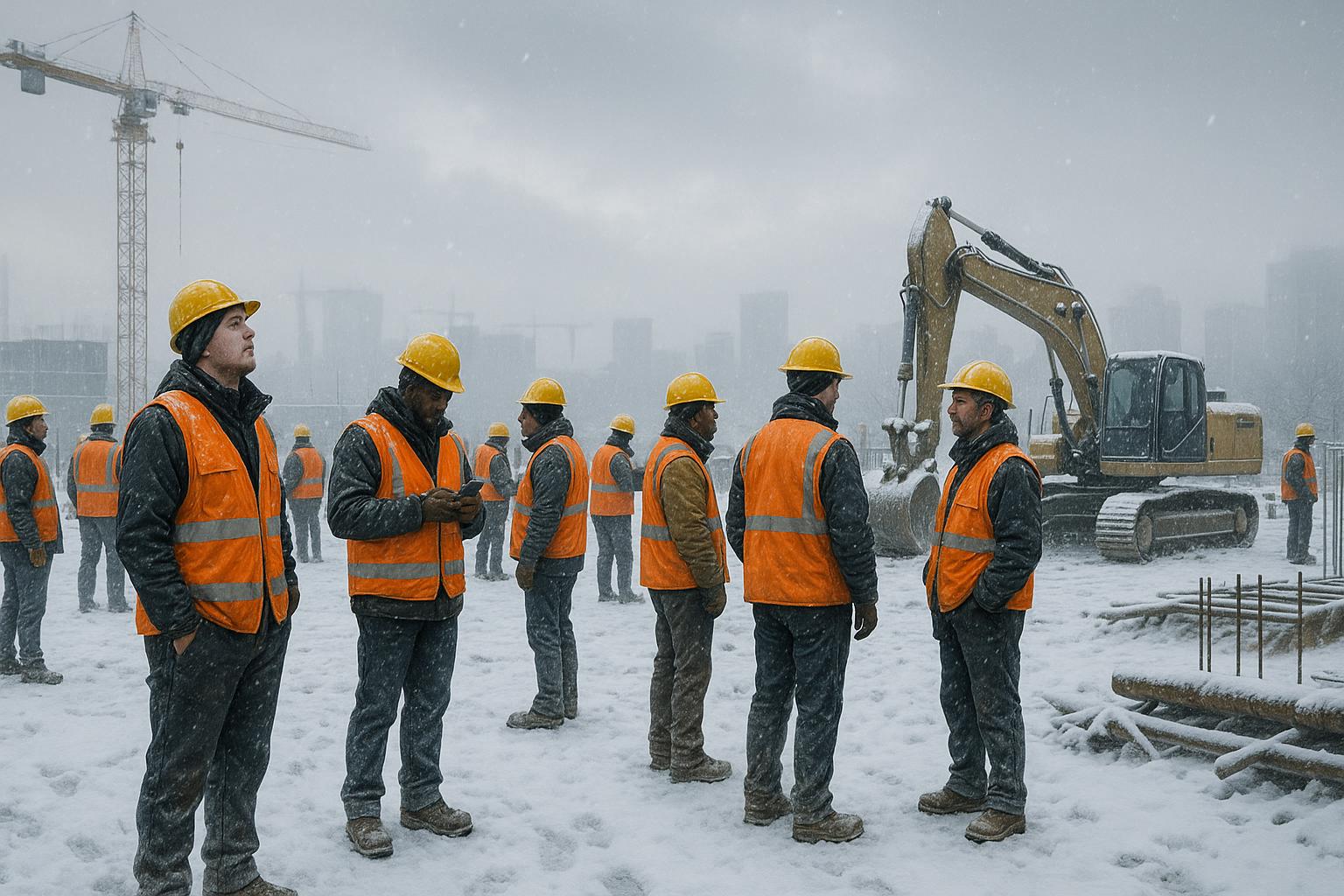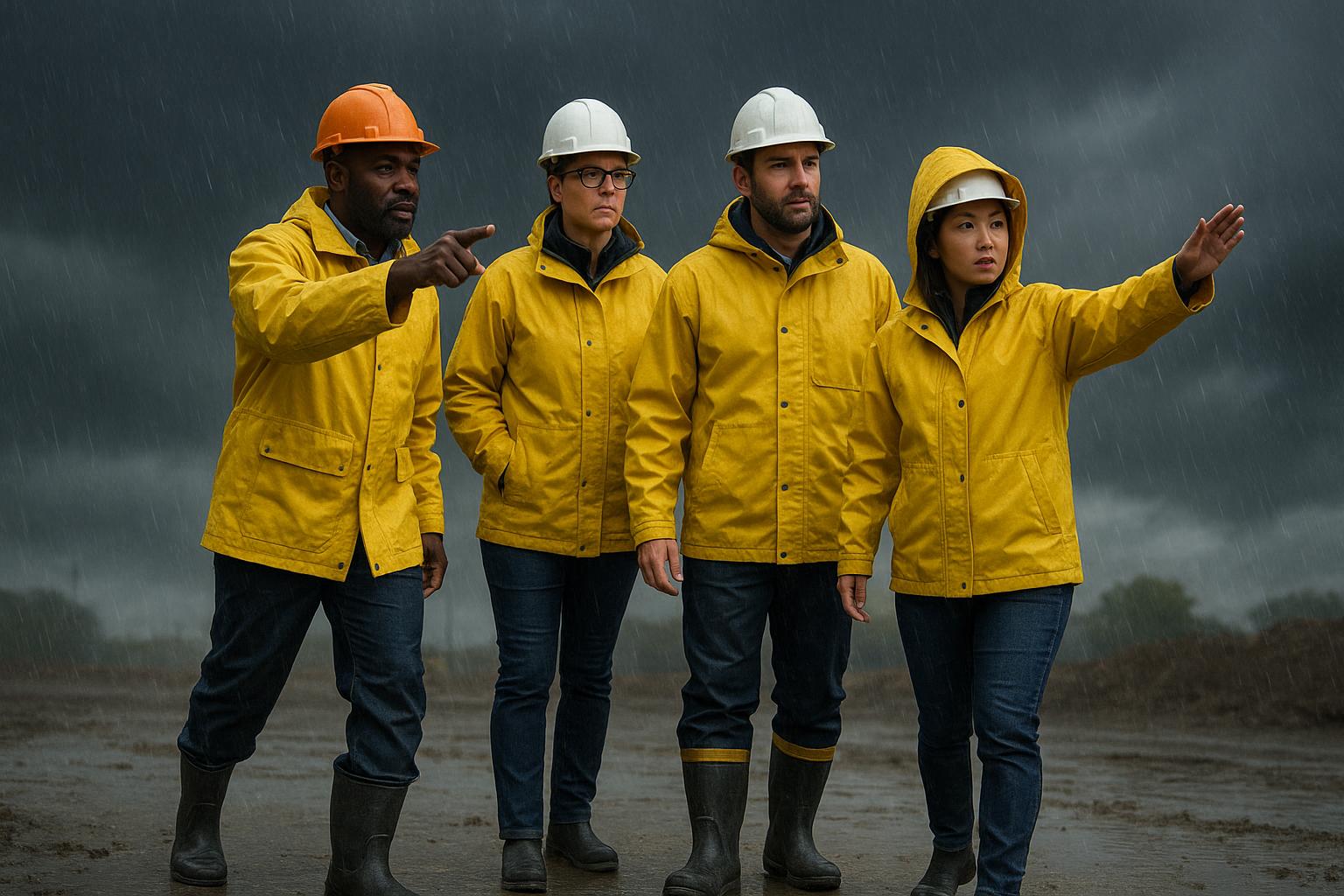Working from heights can be dangerous, but it is often necessary in many industries. From construction sites to window cleaning and maintenance, workers are regularly required to work at heights. The good news is that by following the right safety procedures, you can minimize the risks associated with working at heights. In this toolbox talk, we will discuss the essential steps you need to take to work safely from heights.
Introduction to Toolbox Talk: How to Work Safely from Heights
Working at heights is not just physically challenging but also requires a high level of focus and attention to detail. The dangers of working at heights include falling, electrical hazards, and other serious accidents that can cause injury or death. This is why it is important to understand the importance of working safely from heights, and to follow the necessary safety procedures to minimize the risks.
Equipment for Working Safely from Heights
The first step in working safely from heights is to have the right equipment. There are several types of equipment available for working at heights, including ladders, scaffolding, fall protection systems, and more.
Ladders
Ladders are a common piece of equipment for working at heights, but they can be dangerous if not used correctly. Always choose the right type of ladder for the job, and make sure it is properly secured. Use a ladder with non-slip feet, and always place it on a level surface. Never use a ladder on uneven ground or on slippery surfaces.
Scaffolding
Scaffolding provides a secure platform for workers to work from, and can be used for a wide range of jobs. Always make sure the scaffolding is properly constructed and maintained, and that it meets all safety requirements.
Fall Protection Systems
Fall protection systems, such as harnesses and lanyards, are essential for working safely from heights. These systems are designed to prevent falls and to protect workers in the event of a fall. Make sure you have the right type of fall protection system for your job, and that it is properly maintained and used.
Training and Preparation for Working Safely from Heights
In addition to having the right equipment, it is also essential to receive the proper training and preparation for working safely from heights. This includes training in the safe use of equipment, fall protection systems, and first aid.
Safe Use of Equipment Training
It is important to understand how to use the equipment you will be working with. This includes ladders, scaffolding, and fall protection systems. Always receive training from a qualified instructor, and make sure you understand all of the safety procedures before you begin work.
Fall Protection System Training
Fall protection systems are designed to keep you safe in the event of a fall. However, they can only be effective if they are used correctly. Make sure you receive training in the proper use of fall protection systems, and that you understand all of the safety procedures.
First Aid Training
In the event of an accident, it is important to have someone on site who is trained in first aid. This person can provide immediate assistance, and can help to prevent serious injuries from becoming life-threatening.
Tips for Working Safely from Heights
In addition to having the right equipment and training, there are several other tips for working safely from heights.
Keep the Work Area Clean and Clear
Keeping the work area clean and clear can help to minimize the risks associated with working at heights. Make sure that there are no obstacles that could cause you to trip or fall, and that the area is well-lit. This will help you to see what you are doing and to maintain your balance.
Wear the Right Clothing and Equipment
Wearing the right clothing and equipment can also help to keep you safe while working at heights. This includes wearing a hard hat, safety glasses, and non-slip shoes. If you are working in a high-noise environment, make sure you have appropriate hearing protection.
Use Safe Working Practices
Using safe working practices is essential when working at heights. This includes maintaining three points of contact with the ladder at all times, keeping your body centered on the ladder, and never reaching too far to the side. When working on scaffolding, make sure that you are using guardrails and toe-boards, and that you never lean over the edge.
Know Your Limits
It is important to know your limits when working at heights. If you are not comfortable working at a certain height, or if you do not feel secure, do not continue with the work. It is always better to be safe than sorry.
Frequently Asked Questions About Working Safely from Heights
Here are some of the most frequently asked questions about working safely from heights.
What are the most common dangers associated with working at heights?
The most common dangers associated with working at heights include falling, electrical hazards, and other serious accidents that can cause injury or death.
How can I minimize the risks associated with working at heights?
The best way to minimize the risks associated with working at heights is to have the right equipment, receive proper training and preparation, and to use safe working practices.
What type of equipment is best for working at heights?
The type of equipment that is best for working at heights will depend on the job you are performing. Common equipment includes ladders, scaffolding, and fall protection systems.
Is it safe to work at heights without proper training?
No, it is not safe to work at heights without proper training. Receiving proper training is essential for working safely from heights, and can help to minimize the risks associated with working at heights.
Conclusion
Working safely from heights requires the right equipment, training, and preparation. By following the tips and guidelines outlined in this toolbox talk, you can minimize the risks associated with working at heights and ensure that you are safe and productive. Remember, safety should always be your top priority when working at heights. So always follow the necessary safety procedures and never compromise on safety.



